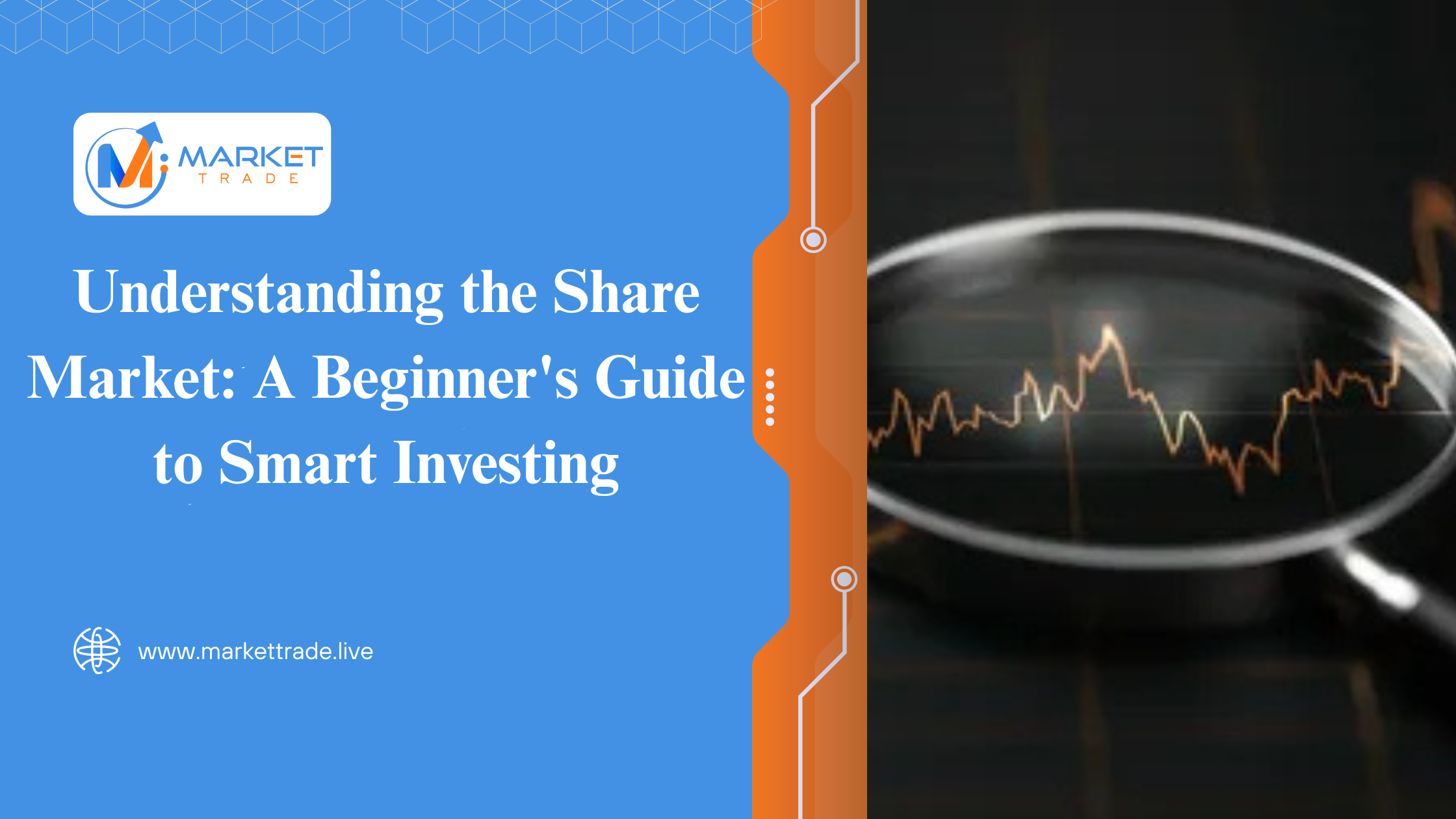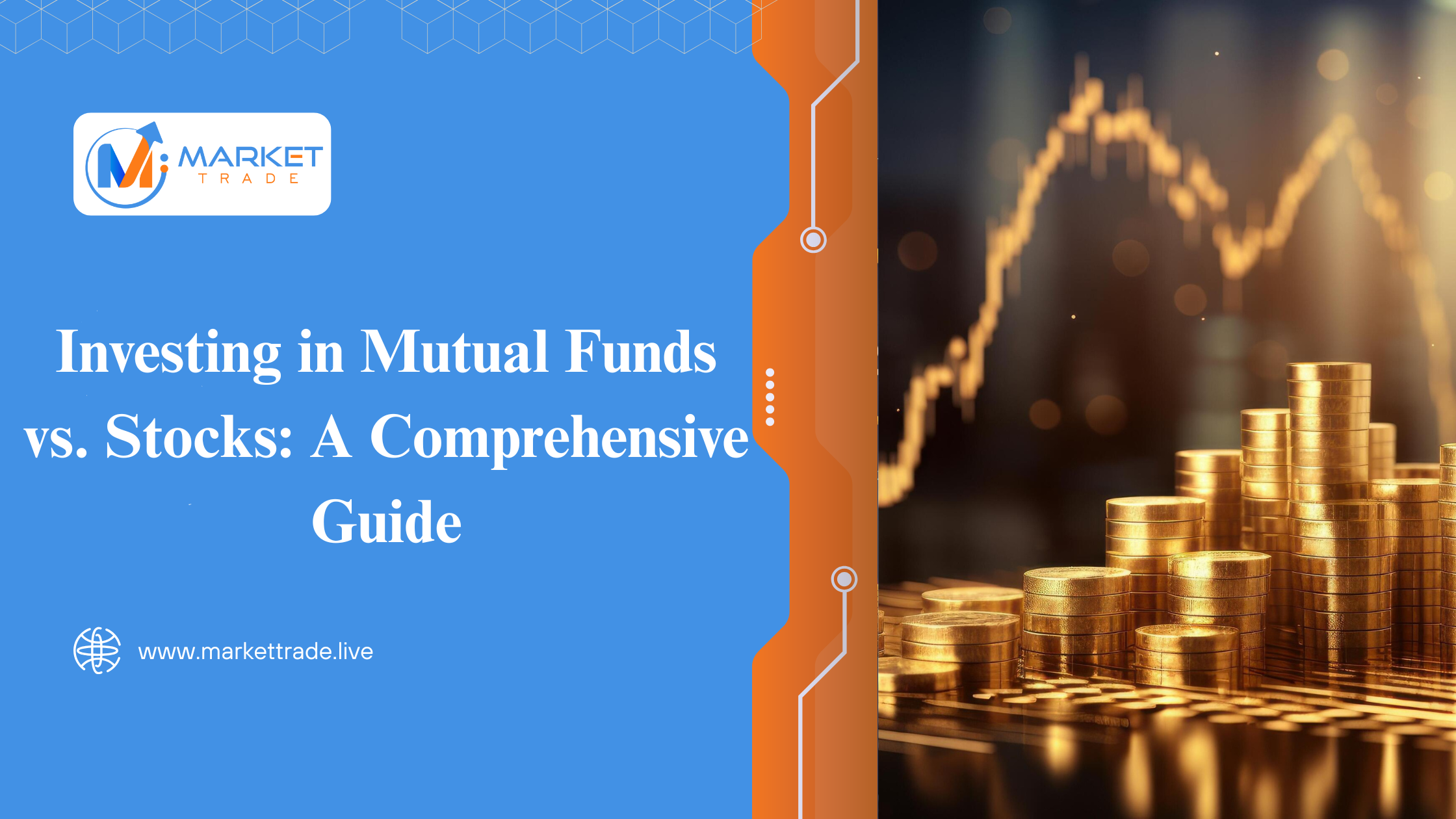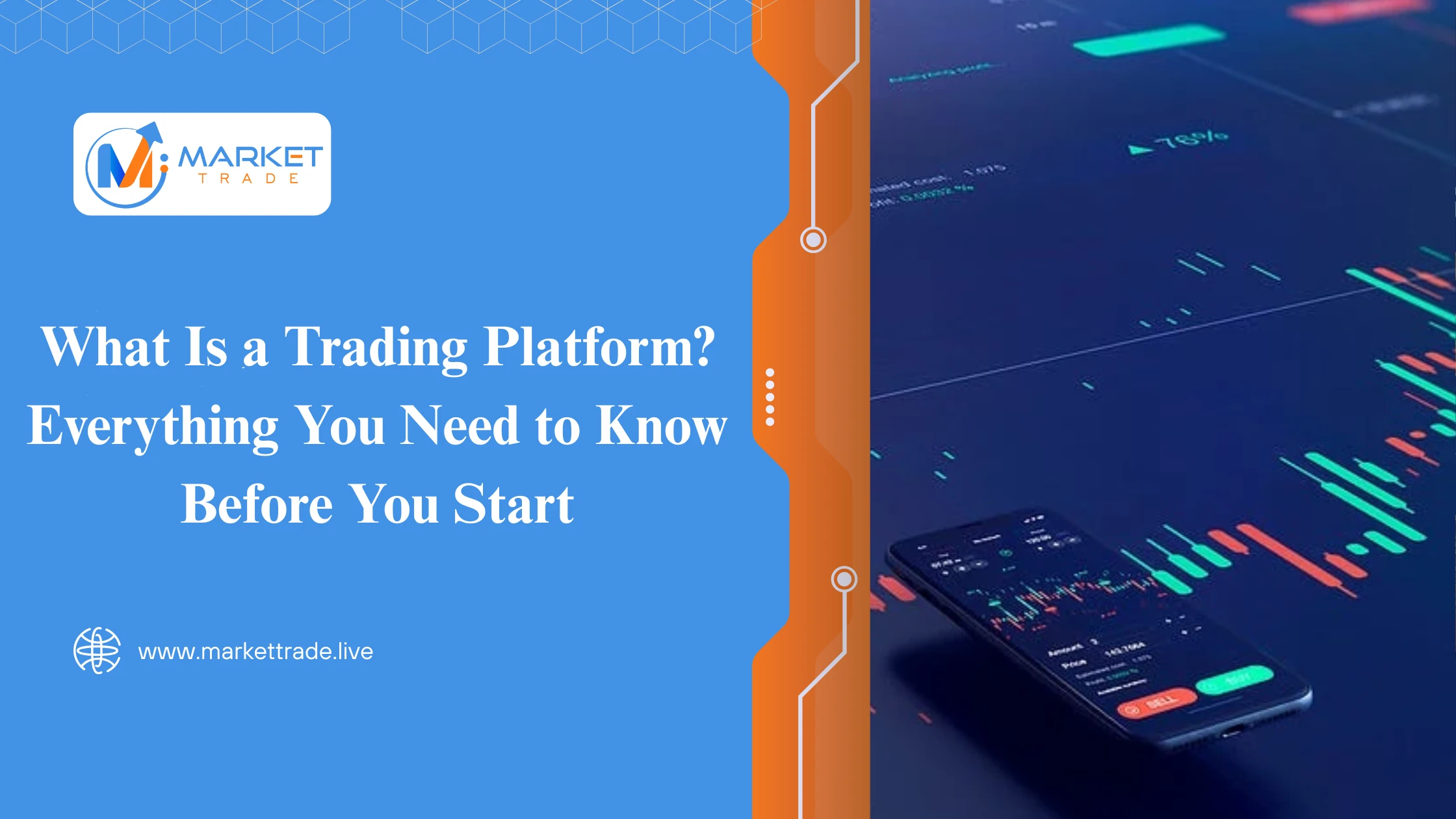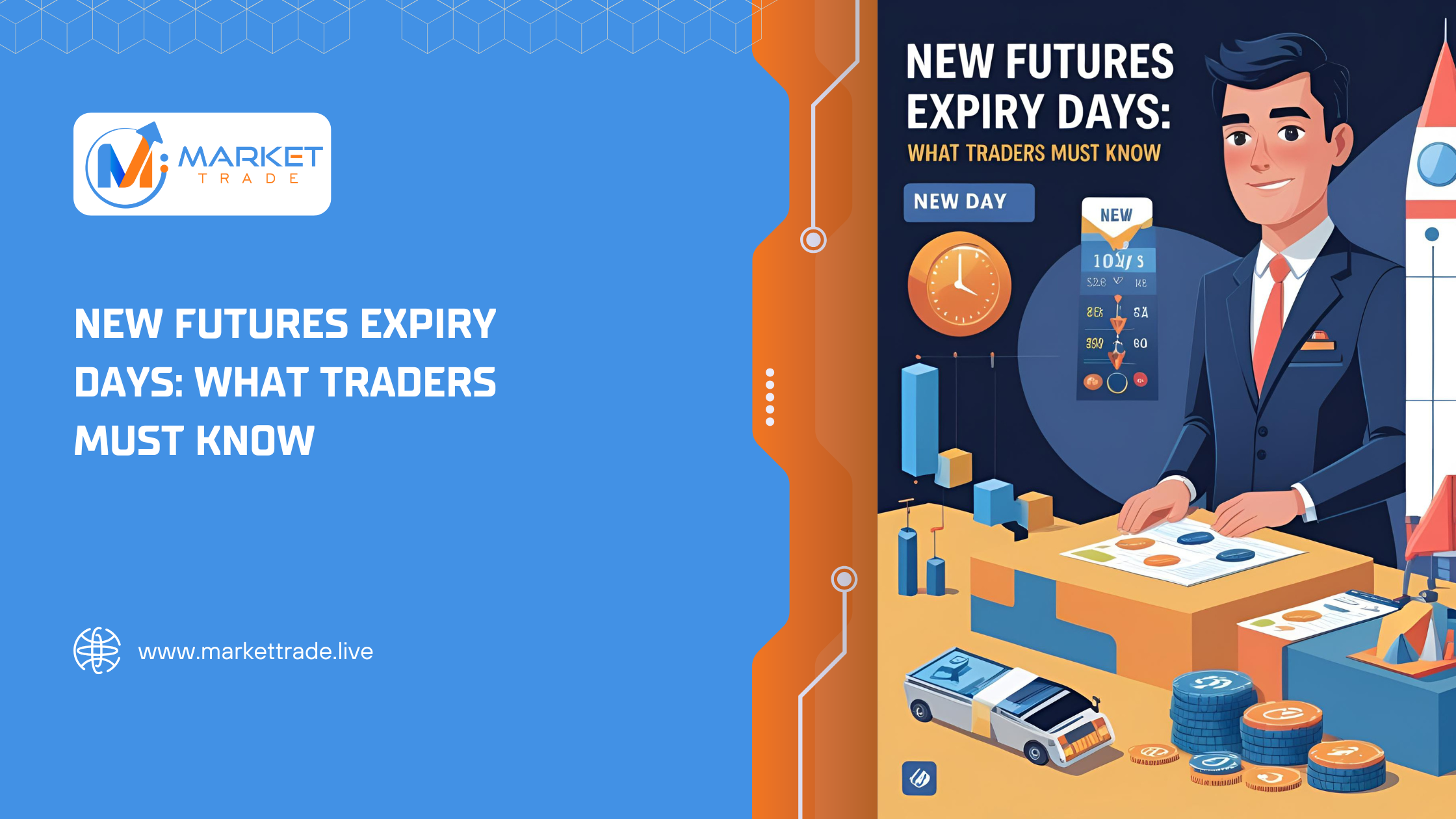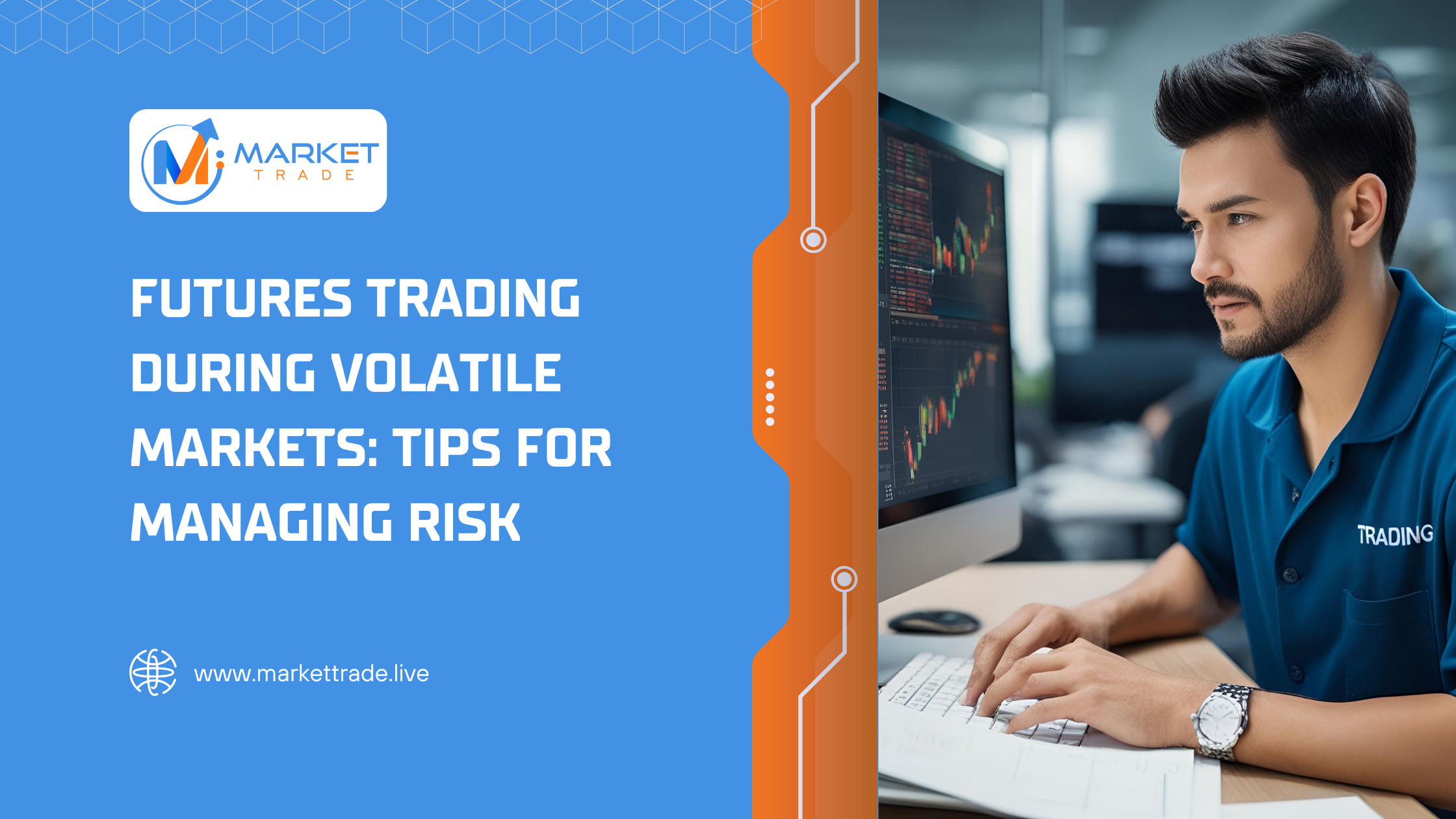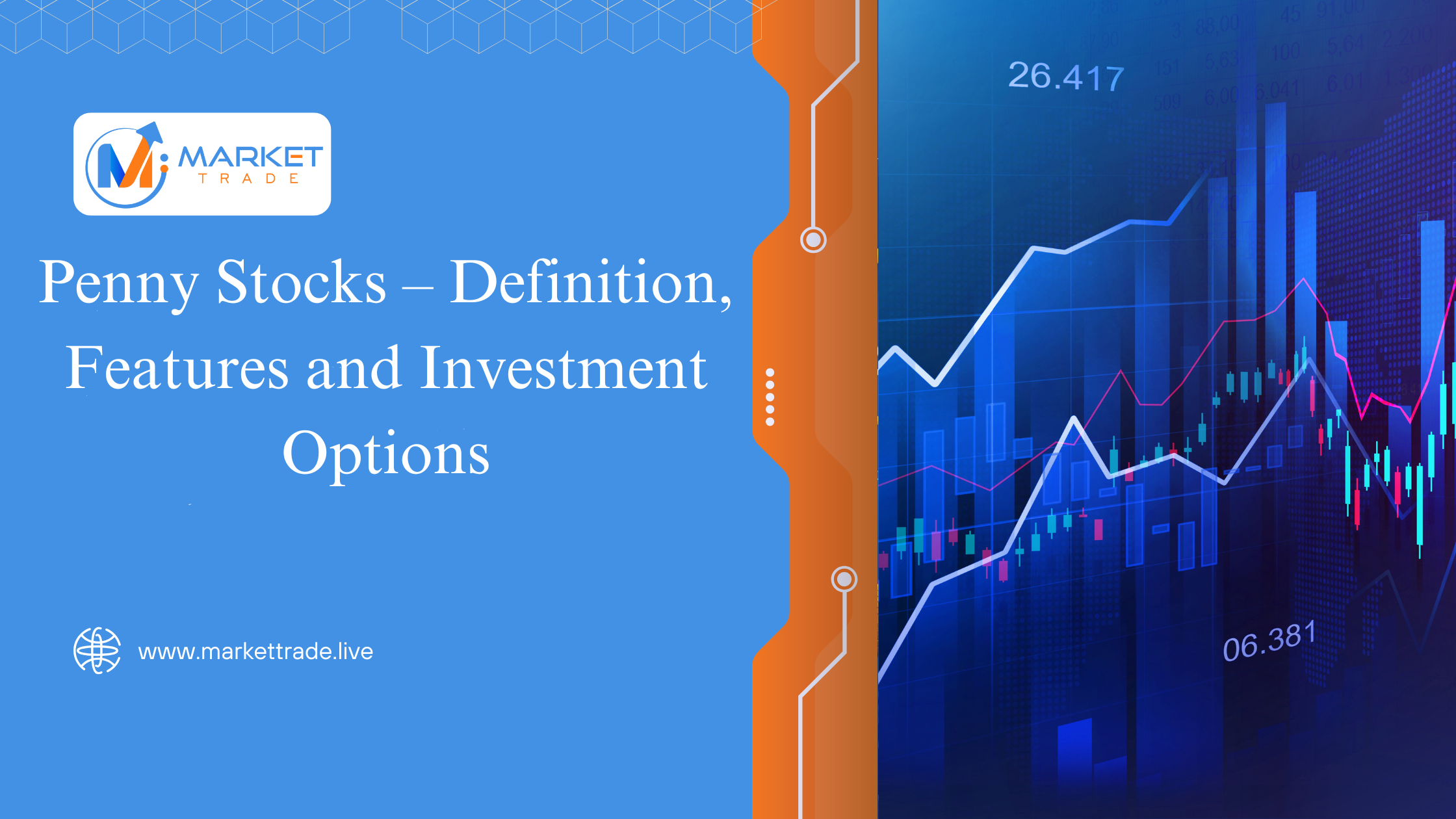
Penny stocks attract both new and experienced investors due to their low prices and the potential for high percentage returns. These stocks come with opportunities and risks. Information regarding them is limited, hence investors need to understand how they work before trading. If you’re exploring penny stocks in India for diversifying your portfolio or want to gain new trading ideas, having clarity on them is important to apply the right strategy. What Are Penny Stocks? Penny stocks are shares of small companies that trade at a low price, usually in the lower price segment of the market. They belong to businesses that are still growing or trying to build their market presence. Because these stocks are priced low, they allow investors to buy larger quantities with small amounts of capital. However, this affordability comes with higher market volatility. Penny stocks may experience sharp movement within short periods, which can be beneficial for traders looking for quick opportunities. At the same time, they require careful evaluation due to limited financial data and lower liquidity compared to established companies. Features of Penny Stocks The characteristics of penny stocks are listed below: 1. Low Price Penny stocks are known for their low price per share. This allows investors to start with minimal capital. This makes them attractive to beginners who want to explore the stock market without committing a large amount. 2. High Volatility Since they belong to smaller companies, penny stocks can fluctuate quickly. While this can cause significant gains, it can also lead to rapid losses if the market moves unexpectedly. 3. Limited Information Compared to leading listed companies, penny stock firms usually share limited financial data. This makes research more challenging for investors who rely on detailed reports. 4. Lower Liquidity or Illiquid Penny stocks are illiquid. This means they do not have high trading volumes. This makes it difficult to enter or exit positions at desired prices, especially for larger quantities. 5. Higher Growth Potential Some penny stocks belong to companies that are in the early growth phase. If the business performs well over time, investors may see substantial returns. Who Can Invest in Penny Stocks? Penny stocks can appeal to: They are not suitable for investors who prefer predictable returns or lower-risk instruments. Pros and Cons of Penny Stocks Pros Low Capital Requirement Investors can start investing with smaller amounts compared to blue-chip stocks. High Return Possibilities ercentage gains can be significant when stocks move upward. Early Identification of Growing Companies Some successful companies have started as penny stocks. Early investors may benefit greatly when the company expands over time. Cons High Risk Volatility can result in quick losses if the market direction changes. Information Gaps Limited data makes research more challenging. Investors must rely on available insights and market trends. Liquidity Challenges Difficulty in buying or selling quickly may affect trade execution. Possibility of Price Manipulation Smaller stocks may be more vulnerable to sudden spikes or drops influenced by market activity. How to Find Penny Stocks? You need a careful approach to find the right penny stocks. Here are ways to find them: 1. Price Filters on Market Platforms Modern trading tools and platforms help investors to filter stocks by price and market segment. This helps shortlist penny stocks quickly. 2. Company Announcements Tracking business updates, financial results, expansion plans, and strategic partnerships can help. 3. Market News Regularly checking credible financial news sources helps investors stay informed about micro-cap companies and emerging sectors. 4. Technical Screening Chart analysis, volume trends, and price movement patterns help traders evaluate stock behavior and potential entry points. Tips for Investing in Penny Stocks 1. Start Small Start with smaller investments to understand market movements without exposing too much capital. 2. Research Deeply Go through publicly available information, business updates, and recent developments related to the company. 3. Monitor Price Movements Check trading volume and price trends to identify opportunities or warning signs. 4. Diversify Avoid investing all capital in a single penny stock. Diversification can help reduce the impact of sudden losses. Things to Check Before Investing in Penny Stocks 1. Company Background Review the company’s history, promoters, business model, and operational stability. 2. Financial Health Check available financial statements, revenue growth, debt levels, and profitability trends. 3. Trading Volumes Ensure the stock has enough liquidity so you can enter or exit without major difficulty. 4. Price History Analyze historical price charts to understand volatility and long-term behavior. 5. Industry Trends Look for sectors with good future potential, increasing demand, or favorable market conditions. Explore Penny Stocks with Markettrade! You need proper clarity, discipline, and the right tools to explore penny stocks. This blog has explained what penny stocks are, their features, benefits, risks, and the steps investors can take to trade them responsibly. Understanding these elements helps build confidence while exploring opportunities within the penny stock segment. Markettrade supports investors with a seamless and intuitive platform to research, trade, and gain market insights. Whether you are exploring penny stocks in India or looking to build a diversified trading strategy, Markettrade helps simplify the process. The platform offers smooth execution, advanced tools, and a user-friendly interface that appeals to beginners and active traders. Investors can trade comfortably using the best trading app or desktop-based best trading platform while accessing updated market information in real time. With Markettrade, users get a smarter way to approach penny stock investing backed by accessible tools and timely insights. FAQs 1. Are penny stocks suitable for beginners? Beginners can invest in penny stocks, but they should start small and research properly due to higher volatility. 2. Can penny stocks provide high returns? Yes, penny stocks can offer high returns, but they also carry higher risk. Evaluating the company thoroughly is essential. 3. How much should I invest in penny stocks? It is advisable to invest only a small portion of your overall portfolio because of their unpredictable price movements.




